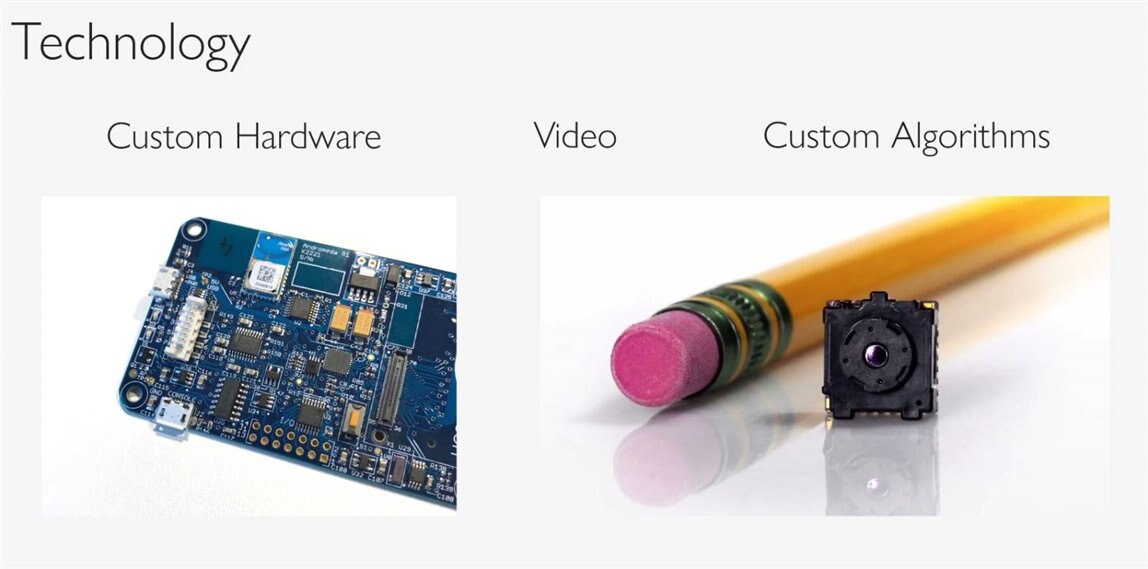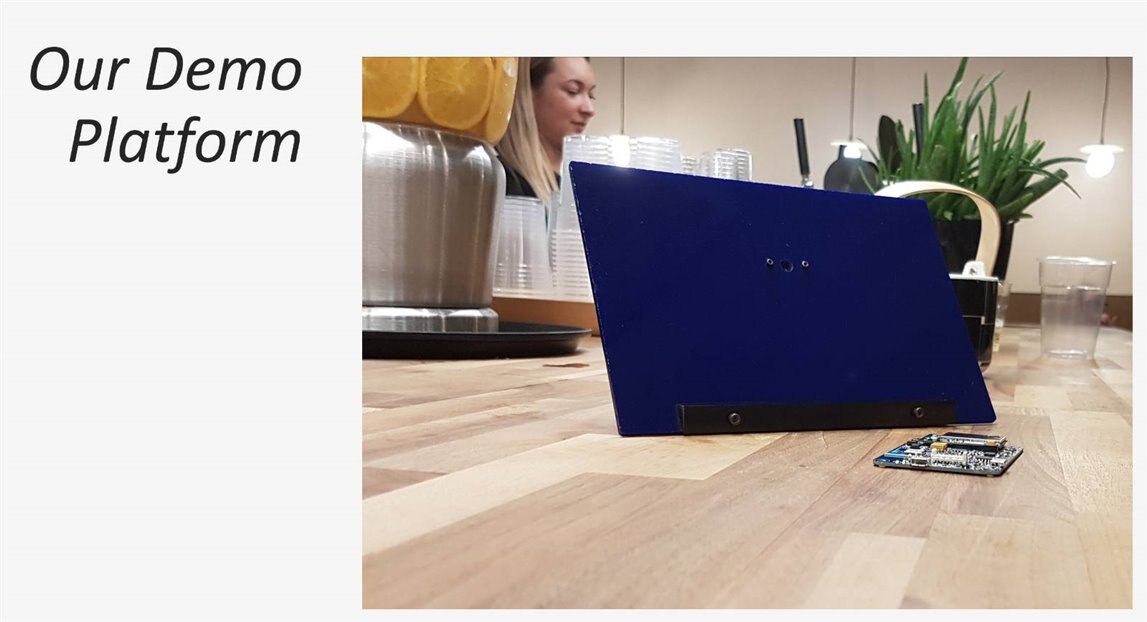Single Board computers (SBC) are amazing little devices in their own right. They pack a lot of technology in an incredibly small footprint. They are used for all kinds of projects by students, hobbyists and professionals. They have been used gaming, telecom, and other automation applications. They are also used to inspire and teach programming in schools. Over the last few years, I have seen more and more attention paid to using SBCs in industrial applications. I've learned "industrial" in this context means different things to different people. Sometimes it just means a commercial product (e.g., media player, vending machine). I define industrial in a truer sense of the world: in a factory, in a machine, or in the field for control of actuators, etc.
I'm looking to get 5 interesting industrial applications of SBCs. Do you have any in mind? If you do, leave a comment and tell me more.
Thanks.
Randall
--element14 team


